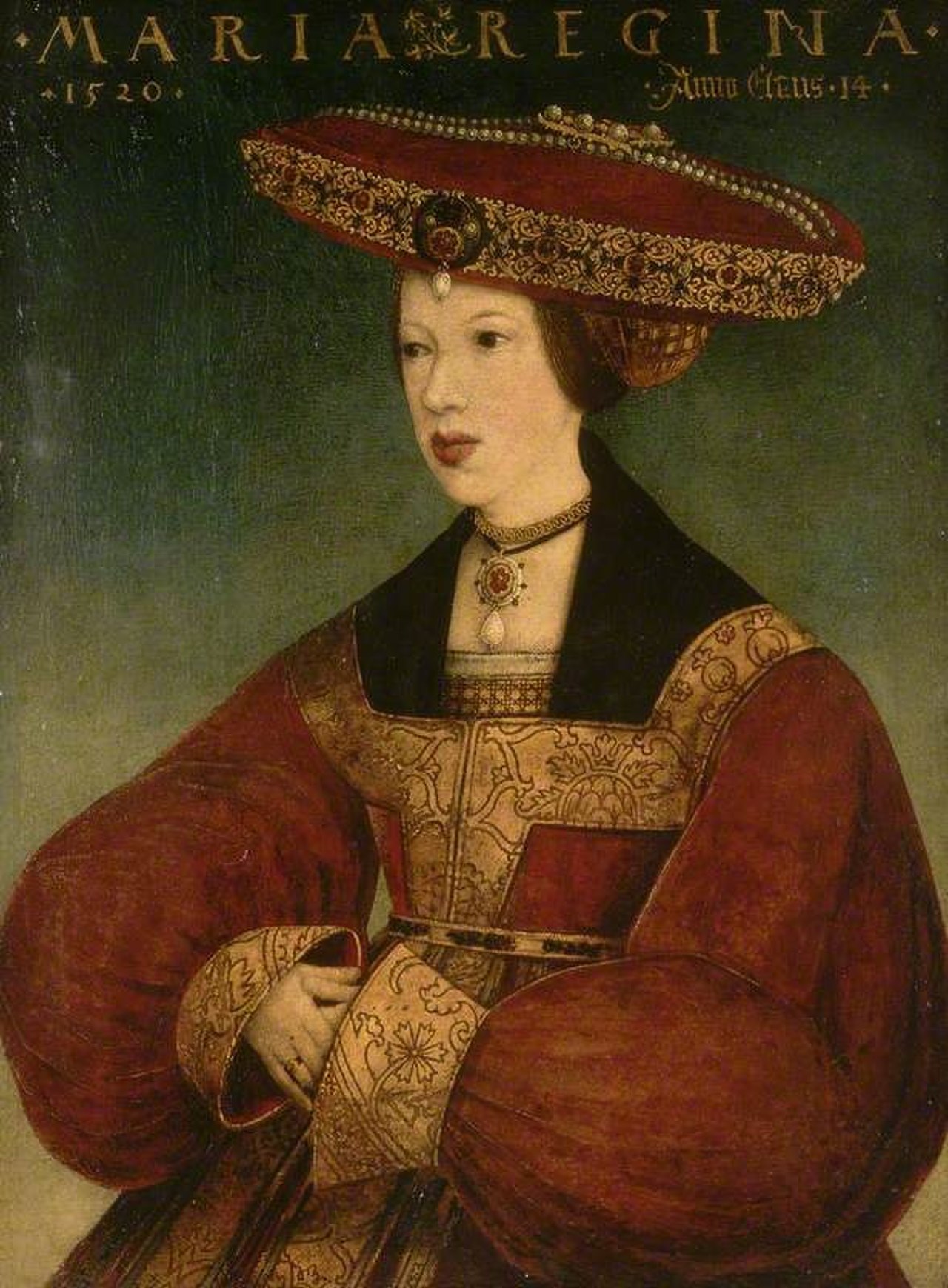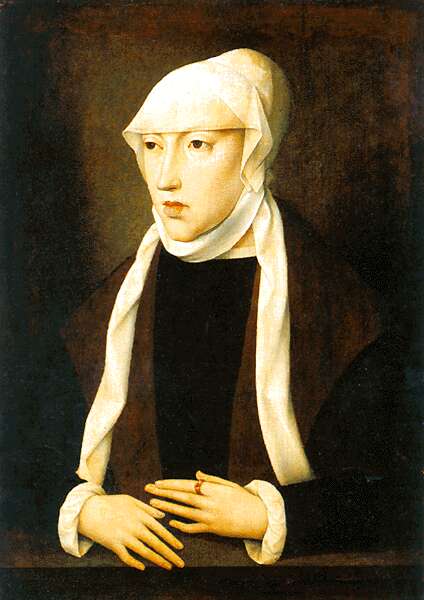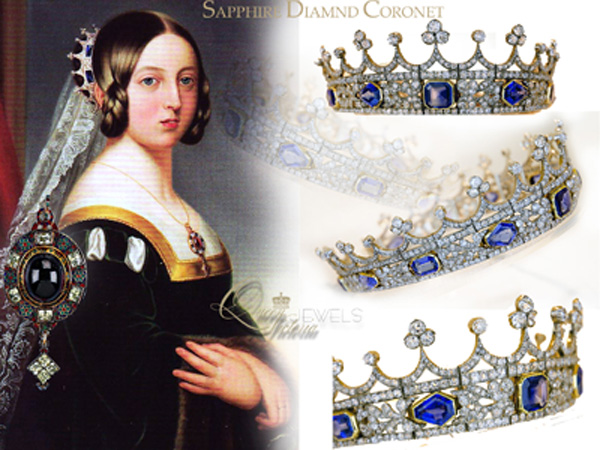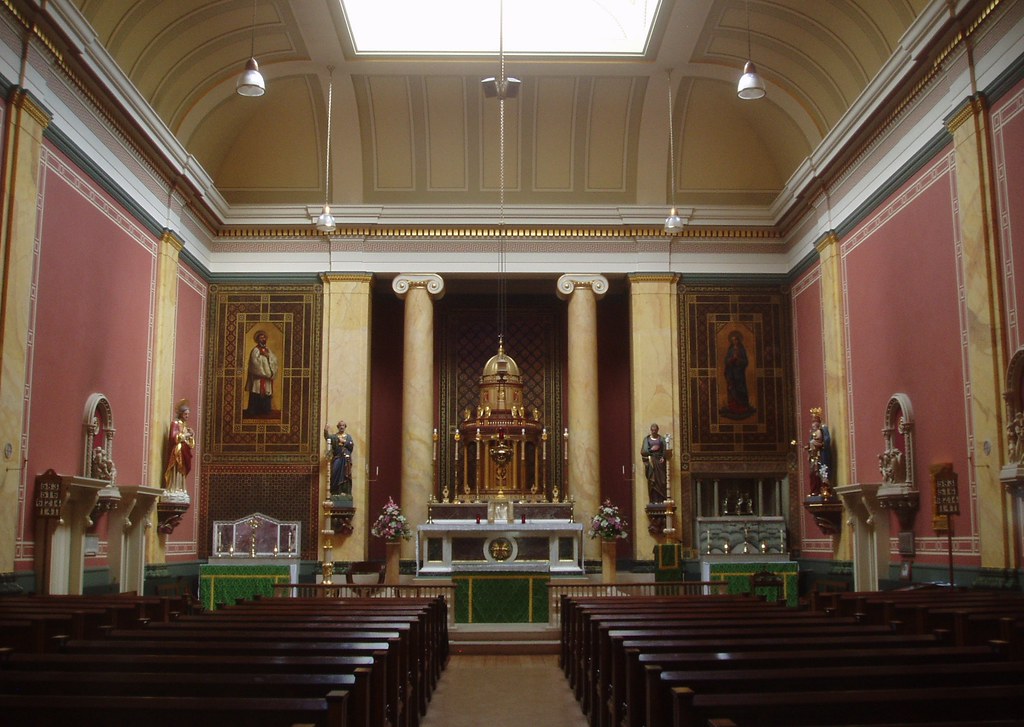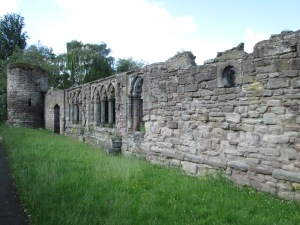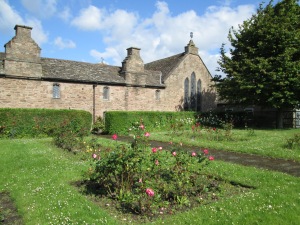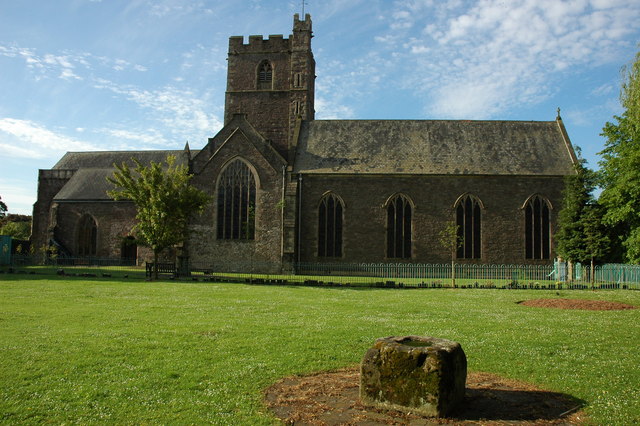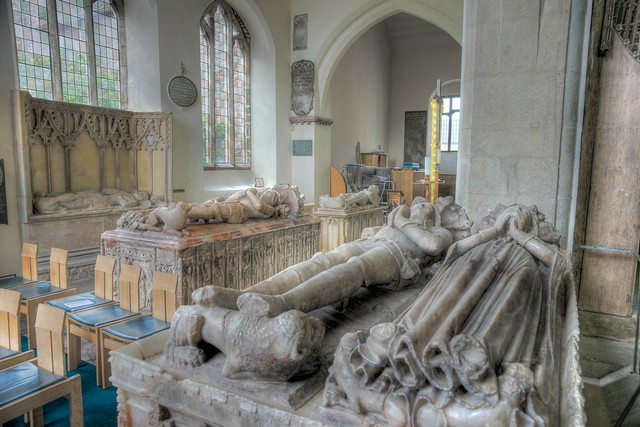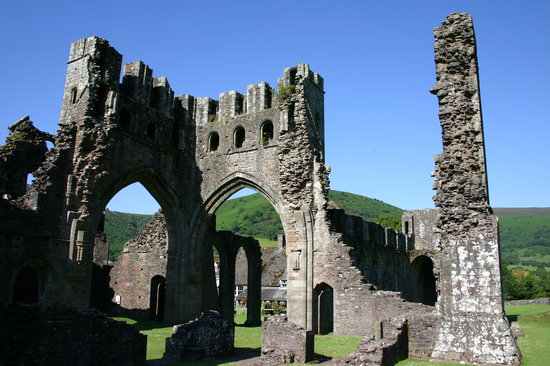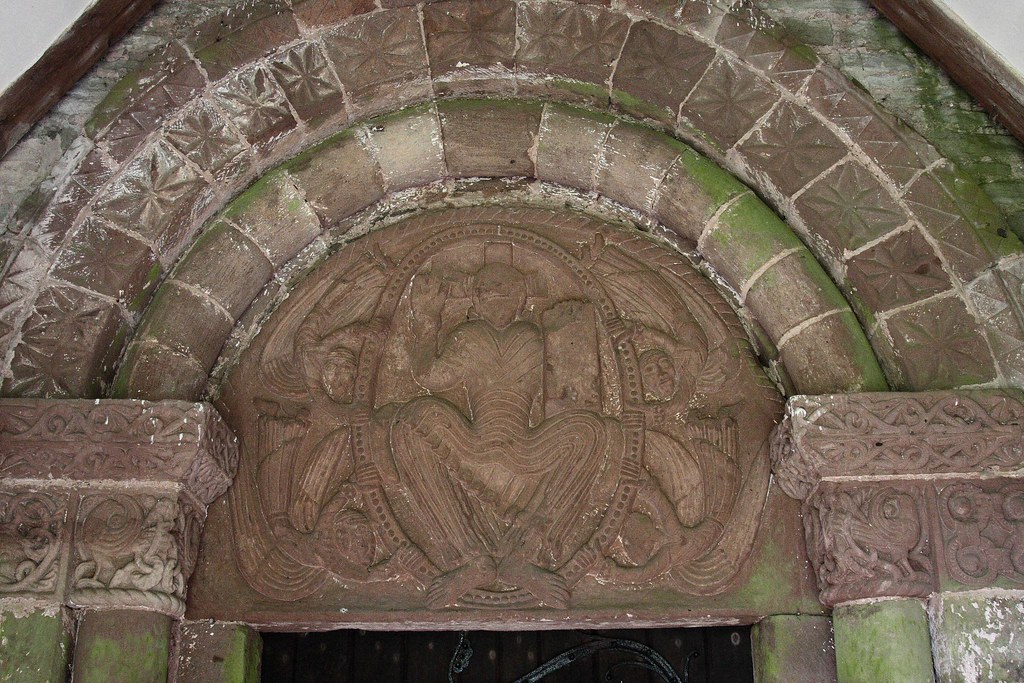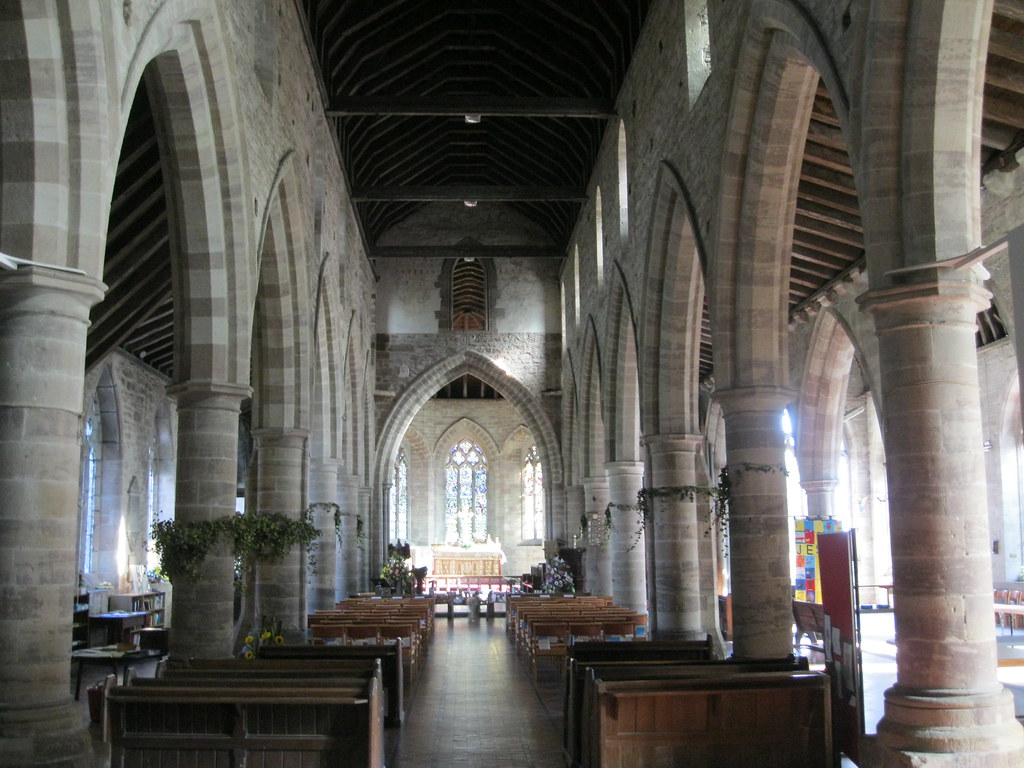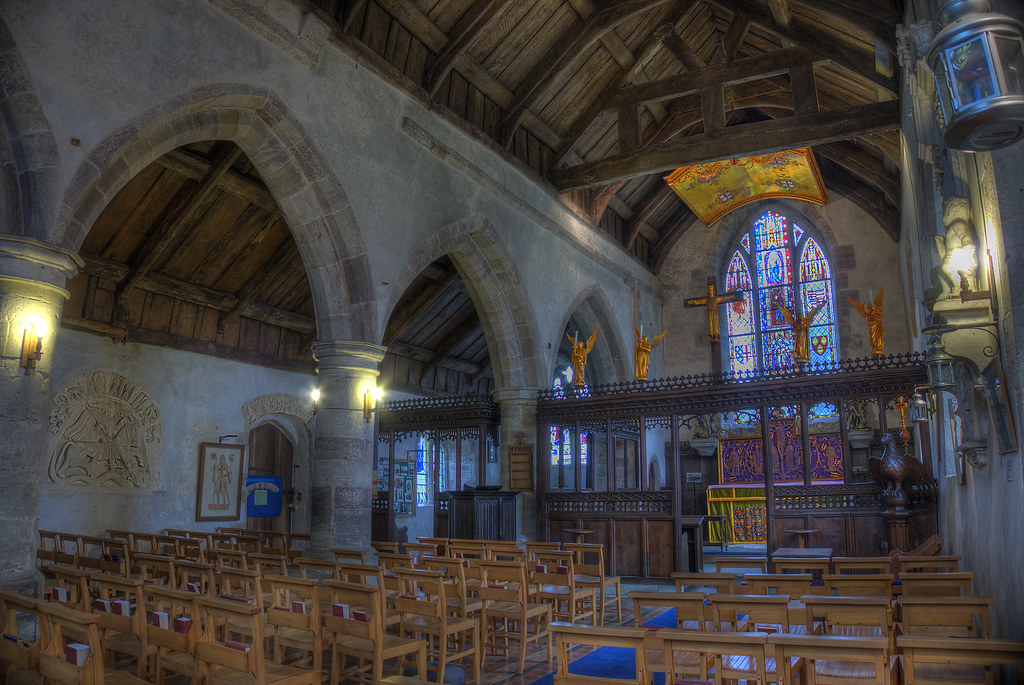This morning we moved from the retreat part of our visit to Belmont into holiday mode. After the morning Offices, Mass for St John Kemble on his feast day and breakfast we set off in two carloads with those essential travelling companions for such a day out, a good road map, the OS map and Pevsner's
Herefordshire, to explore medieval churches in the south west of the county.
St Michael and All Angels Eaton Bishop
Image: geograph.org.uk
Our first stop was at Eaton Bishop, a handsome and sizeable church noted for the early fourteenth century glass in its chancel windows. The glass is usually dated to being from the years after 1328. There is an online illustrated introduction to the church and its stained glass at
Eaton Bishop church and stained glass
The east window Eaton Bishop church
Image: Britain Express
The next church on our itinerary was Madley, which is a complex building with spectacular early fourteenth century features in its chancel, raised over a crypt and the vast south aisle of the nave. This must have been a very wealthy church or one with wealthy patrons in the years after 1300, yet today it seems little referenced in books on English churches - is it merely too remote?
Madley Church
Image:Francis Frith
The church has an unusual dedication to the Nativity of the Blessed Virgin Mary and its statue of Our Lady was a focus for medieval pilgrimages.
Madley Church from the south
Image:tommuckley.co.uk

Image: British History Online
The interior of Madley Church
Image: Golygfa on Flickr
There is an illustrated account of the church, which has fine medieval stained glass, furnishings and tombs at
Madley Church - History and the surviving early sculpture in the church is discussed at
Nativity of the Blessed Virgin Mary, Madley
The Chancel of Madley Church
Image:Herefordshire Past
We had a minor hiccup on the map reading on the way to our next visit, the church at Brinsop, which is one of Simon Jenkins Thousand Best Churches. There is an illustrated introduction to the church at
St George's, Brinsop : Visit Herefordshire Churches, and at http://herefordshirechurches.webplus.net/brinsop.html.
This is a charming church, rebuilt in the thirteeenth century but with earlier carving and later furnishings that are very well worth seeing.
Brinsop Church
Image:PogiPete on Flickr
Being dedicated to St George the church contains a variety of depictions of its patron and notably a tympanum from the early twelfth century Herefordshire school (or, more properly as Pevsner points out, workshop) showing the saint despatching the dragon.
The Brinsop tympanum with St George
Image: British History Outline
This and other portions of twelfth century sculpture in the church are discussed in detail at
St George, Brinsop, Herefordshire · The Corpus of Romanesque Sculpture
There are some fine remains of a wall painting and the Comper windows commemorate the visits to the neighbourhood of William and Dorothy Wordsworth. The church stands by itself but is obviously very well cared for by the parishioners
The Abbot of Belmont had suggested in conversation in the calefactory on Sunday that we really ought to visit the church at Eardisley as this contains one of the finest specimens of the twelfth century Herefordshire carvers' work in its font. This then was our next destination, and the font is indeed a masterpiece. There are a series of photographs of the church and the font at
Eardisley - Great English Churches - though the excellent guide book to the font on sale in the church does not get as distracted by possible theories about the Baskerville family: the carving is clearly religious in its symbolism.
Image: Eardisley Group Community
Image: paradoxplace
Looking at the wonderfully vigorous figures on the font led me to speculate whether this had originally been painted as we know so much of medieval churches were, both to enhance it and also to add detail to the sweeping oulines created by the sculptors.
We had lunch in Eardisley at a rather splendid combination of a pub and a second hand bookshop - now what better combination could you have?
Refreshed we headed southwards back towards Belmont and stopped at Peterchurch. In the churchyard we found a local man studying the state of the venerable yew tree in the churchyard and the gradual expansion of its polyform trunk.
St Peter's Peterchurch
Image: Euroheat
Peterchurch is a massive and grand apsideal Norman church with some later features, including the sprire. This was missing when Pevsner wrote about it but has subsequently been replaced - in fibreglass. There is an account of the church, the apparently very ancient yew tree and the grave in the churchyard of one of the VCs from Rorkes's Drift at
St Peter's Centre, Peterchurch, Herefordshire :: Church History, and another at Peterchurch, St Peter's Church.
The large nave has been turned into a community space with facilities for refreshments, meetings and filmshows. The website clearly thinks this an excellent scheme, as does the illustrated one from the architects at
A Nationally Acclaimed Re-ordering: St Peter's Church, Peterchurch It may have sounded a good idea, but the effect is actually very depressing - ironically in an area of small populations this, in a large village, and with this newly conceived role, seemed the least prayerful or loved of the churches we visited.
We travelled south-east down the Golden Valley - I finally realised why it is so called, as the river Dore runs through it, so it is a
valle d'or - to out last stop of the afternoon, and that was one which one of our group definitely thought was a case of saving the best till last. This was Abbey Dore,
which along with Holme Cultram in Cumberland, is the only Cistercian monastic church to still survive in England as a functioning place of worship. There is a short history from the Abbey website
here
Abbey Dore
Image: Britannia.com
Begun in the mid-twelfth century about 1200 a more ambitious choir and ambulatory was decided upon before the building work was completed, and the result is an undoubted gem of Early English work.
The Choir of Dore Abbey
Image:tommuckley.co.uk
The choir and the transepts survive, although all the other monastic buildings have been reduced to buried foundations.
Image: British History Online
That it survives is due to the restoration of the church by the Laudian inspired Lord Scudamore in 1634. He added a tower in the angle between the choir and south transept and provided a handsome wooden screen and other furnishings, so that here one can see something of the Caroline vision of the beauty of holiness within the setting of Cistercian piety.
Viscount Scudamore's Screen
Image:Dore Abbey
As with all the churches we visited today this was my first visit, and Abbey Dore alone is very well worth the journey for anyone interested in ecclesiastical history or art, or in the differing traditions of English spirituality.
Then back to Belmont for Vespers, our evening meal and Compline - a suitable conclusion to a fine day out, and with the promise of more tomorrow.







